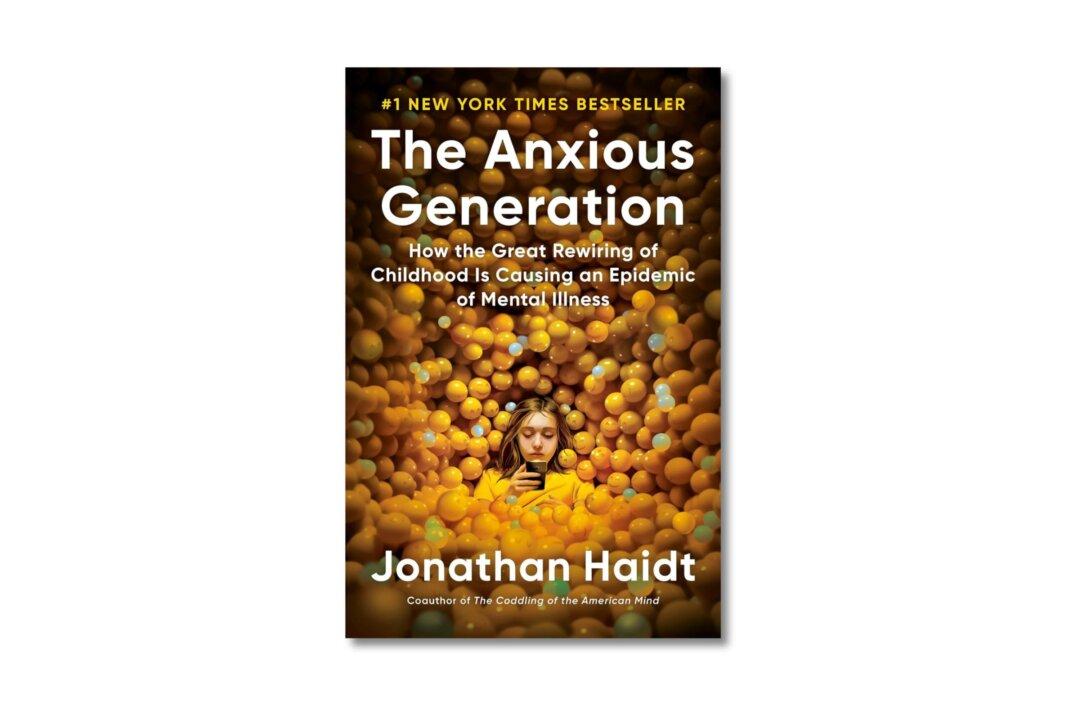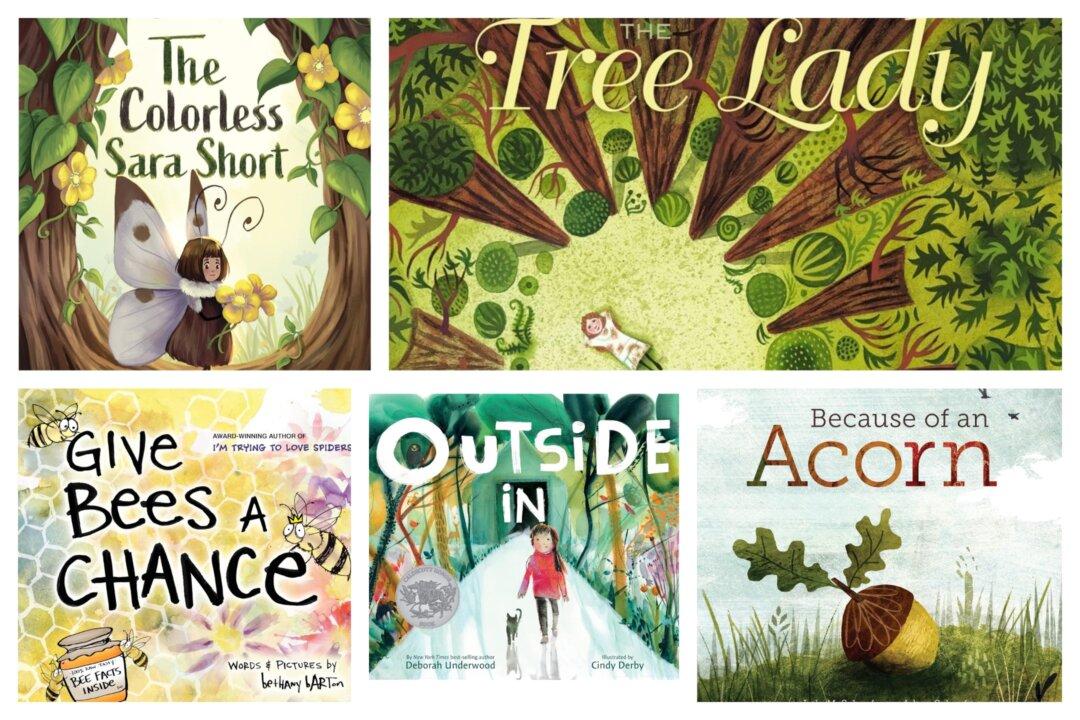The first chapter of ‘The Anxious Generation: How the Great Rewiring of Childhood Is Causing an Epidemic of Mental Illness” by Jonathan Haidt begins with an imaginary scenario about sending your oldest child to the first permanent human settlement on Mars. If children go through puberty and its associated growth spurt on Mars, their bodies will be permanently tailored to the planet’s low gravity, unlike settlers who come over as adults. Children raised in the low-gravity environment of Mars would also be at high risk of developing deformities in their skeletons, hearts, eyes, and brains. In addition, because of the radiation on Mars, there would be higher rates of cellular damage.
Mr. Haidt says that the planners didn’t take this vulnerability of children into account. Worse still: The company did not require proof of parental permission.





